Homeowners insurance is a crucial safety net for protecting your most valuable asset: your home. It provides financial protection against unexpected events like fire, theft, vandalism, and natural disasters. Understanding the different types of coverages included in a standard homeowners insurance policy is essential for making informed decisions and ensuring you have adequate protection. This guide breaks down the core components of homeowners insurance in the US, helping you navigate the complexities and secure the right coverage for your needs.
Core Coverages in a Homeowners Policy
A standard homeowners insurance policy typically includes several key coverage areas, each designed to protect against specific types of losses. These include dwelling coverage, personal property coverage, liability coverage, and additional living expenses. Understanding the scope and limitations of each coverage is vital.
Dwelling Coverage: This is the cornerstone of your homeowners insurance. It protects the physical structure of your home, including the walls, roof, floors, and any attached structures like a garage or deck. Dwelling coverage is designed to cover the cost of repairing or rebuilding your home if it’s damaged by a covered peril, such as fire, wind, hail, or vandalism. The amount of dwelling coverage you need should be enough to rebuild your home at current construction costs, not necessarily the market value of your home. It is essential to review your dwelling coverage limits periodically, especially after major renovations or improvements to your home.
Personal Property Coverage: This coverage protects your belongings inside your home, such as furniture, clothing, electronics, and appliances. It generally covers these items regardless of whether the damage occurs inside your home or while you’re traveling. Personal property coverage usually has a limit, often a percentage of your dwelling coverage (e.g., 50% or 70%). You may also have sub-limits for certain items like jewelry, art, or collectibles.
- There are two main types of personal property coverage:
- Replacement Cost Value (RCV): Pays to replace your damaged or stolen items with new ones, without deducting for depreciation.
- Actual Cash Value (ACV): Pays the current value of your items, taking into account depreciation. RCV coverage is generally more expensive but provides better protection, as it allows you to replace your belongings with new items.
Creating a home inventory with photos or videos can be extremely helpful when filing a claim for personal property loss.
- There are two main types of personal property coverage:
Liability Coverage: This protects you financially if someone is injured on your property or if you accidentally damage someone else’s property. It covers legal costs, medical expenses, and any judgments or settlements for which you are found responsible. Liability coverage is essential for protecting your assets in case of a lawsuit. Standard policies typically offer liability coverage limits ranging from $100,000 to $500,000 or more. Consider your personal risk factors, such as owning a swimming pool or having pets, when determining the appropriate level of liability coverage.

Additional Living Expenses (ALE): If your home is damaged by a covered peril and you are unable to live in it, ALE coverage pays for the cost of temporary housing, such as a hotel or rental apartment, as well as meals and other necessary expenses. This coverage helps you maintain your standard of living while your home is being repaired or rebuilt. ALE coverage usually has a limit, either a dollar amount or a time period. Review your policy to understand the limits and any restrictions on ALE coverage.
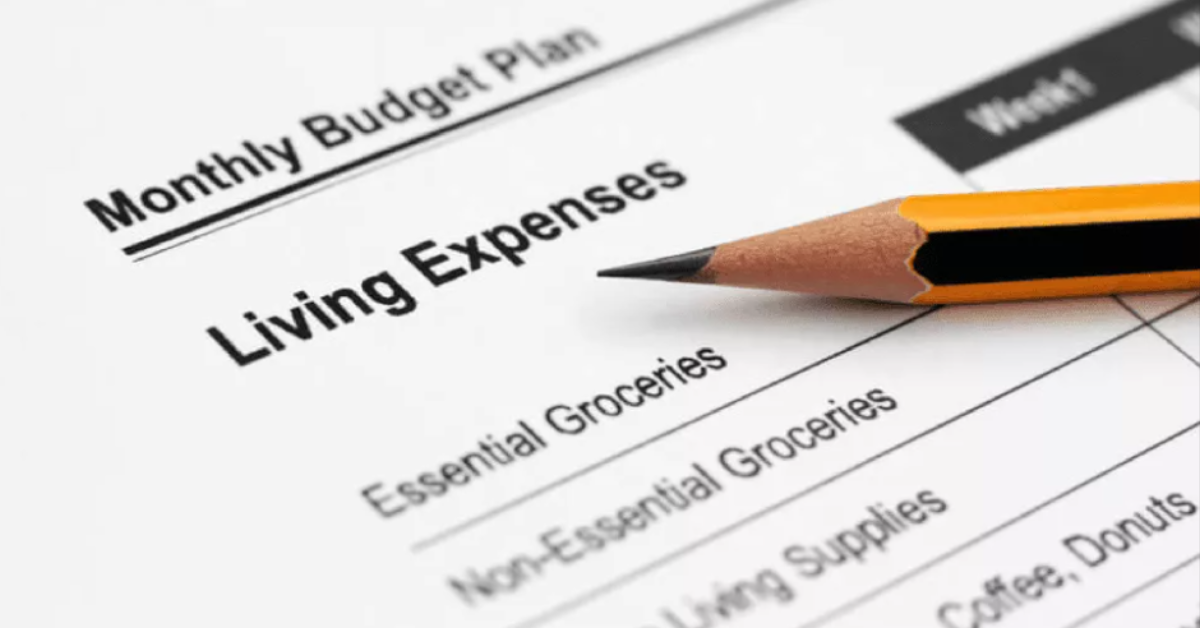
Understanding Exclusions and Endorsements

While homeowners insurance provides broad protection, it’s important to understand the exclusions, which are events or perils that are not covered by the policy. Common exclusions include:
- Flood: Flood damage is typically not covered by standard homeowners insurance policies and requires a separate flood insurance policy.
- Earthquake: Similar to flood, earthquake damage is usually excluded and requires a separate earthquake insurance policy.
- Wear and Tear: Gradual deterioration, such as wear and tear, is not covered.
- Pest Infestation: Damage caused by termites, rodents, or other pests is generally not covered.
- Sewer Backup: Damage from sewer backups may require a specific endorsement or rider.
To address gaps in coverage, you can purchase endorsements, also known as riders or floaters, which add or modify coverage in your policy. Common endorsements include:
- Scheduled Personal Property: Provides additional coverage for valuable items like jewelry, art, or collectibles, which may have limited coverage under the standard policy.
- Water Backup Coverage: Covers damage caused by sewer backups or sump pump failures.
- Increased Dwelling Coverage: Increases the amount of dwelling coverage to provide additional protection against rising construction costs.
Factors Affecting Homeowners Insurance Costs
Several factors influence the cost of your homeowners insurance premium, including:
- Location: Homes in areas prone to natural disasters, such as hurricanes or wildfires, typically have higher premiums.
- Coverage Amount: Higher coverage limits will result in higher premiums.
- Deductible: The deductible is the amount you pay out-of-pocket before your insurance coverage kicks in. A higher deductible typically results in a lower premium.
- Claims History: A history of previous claims can increase your premium.
- Credit Score: In some states, your credit score can affect your premium.
- Home Features: Features like a swimming pool or trampoline can increase your liability risk and result in higher premiums.
- Age and Condition of Home: Older homes or homes with outdated systems may have higher premiums.
Tips for Saving on Homeowners Insurance
- Shop Around: Get quotes from multiple insurance companies to compare rates and coverage options.
- Increase Your Deductible: A higher deductible can significantly lower your premium.
- Bundle Your Insurance: Many insurers offer discounts if you bundle your homeowners insurance with other policies, such as auto insurance.
- Improve Your Home Security: Installing security systems, smoke detectors, and other safety features can qualify you for discounts.
- Maintain Your Home: Regular maintenance can prevent costly repairs and reduce your risk of filing a claim.
- Review Your Policy Annually: Review your coverage limits and deductibles each year to ensure they still meet your needs.
Understanding the intricacies of homeowners insurance coverages is paramount for protecting your home and financial well-being. By carefully evaluating your needs, comparing policies, and understanding the exclusions and endorsements, you can secure the right coverage at a competitive price. Don’t hesitate to consult with an insurance professional to discuss your specific situation and get personalized advice.
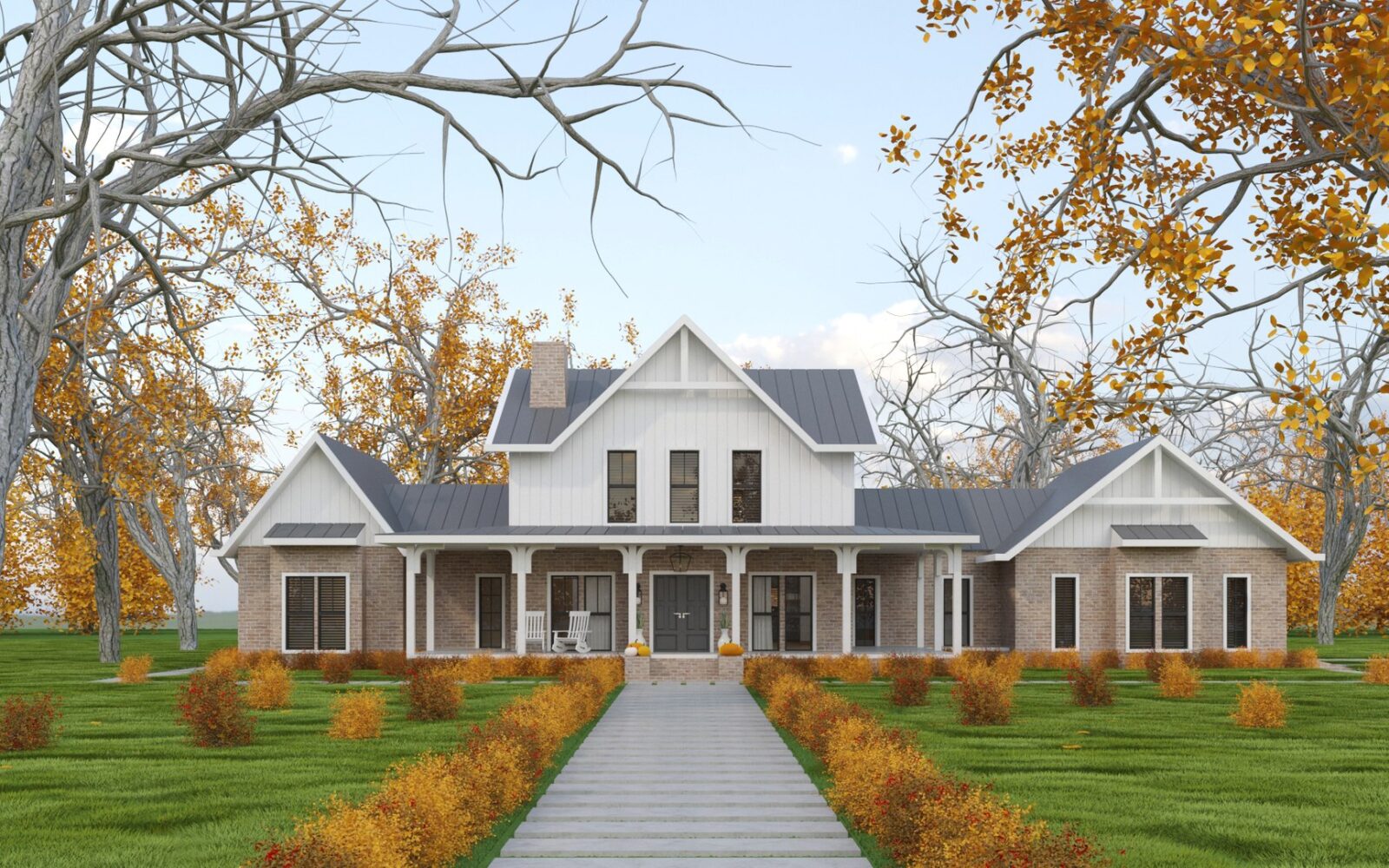
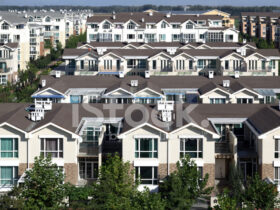

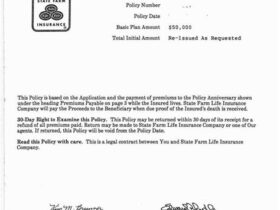
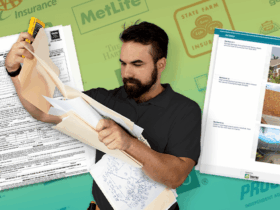
Leave a Reply